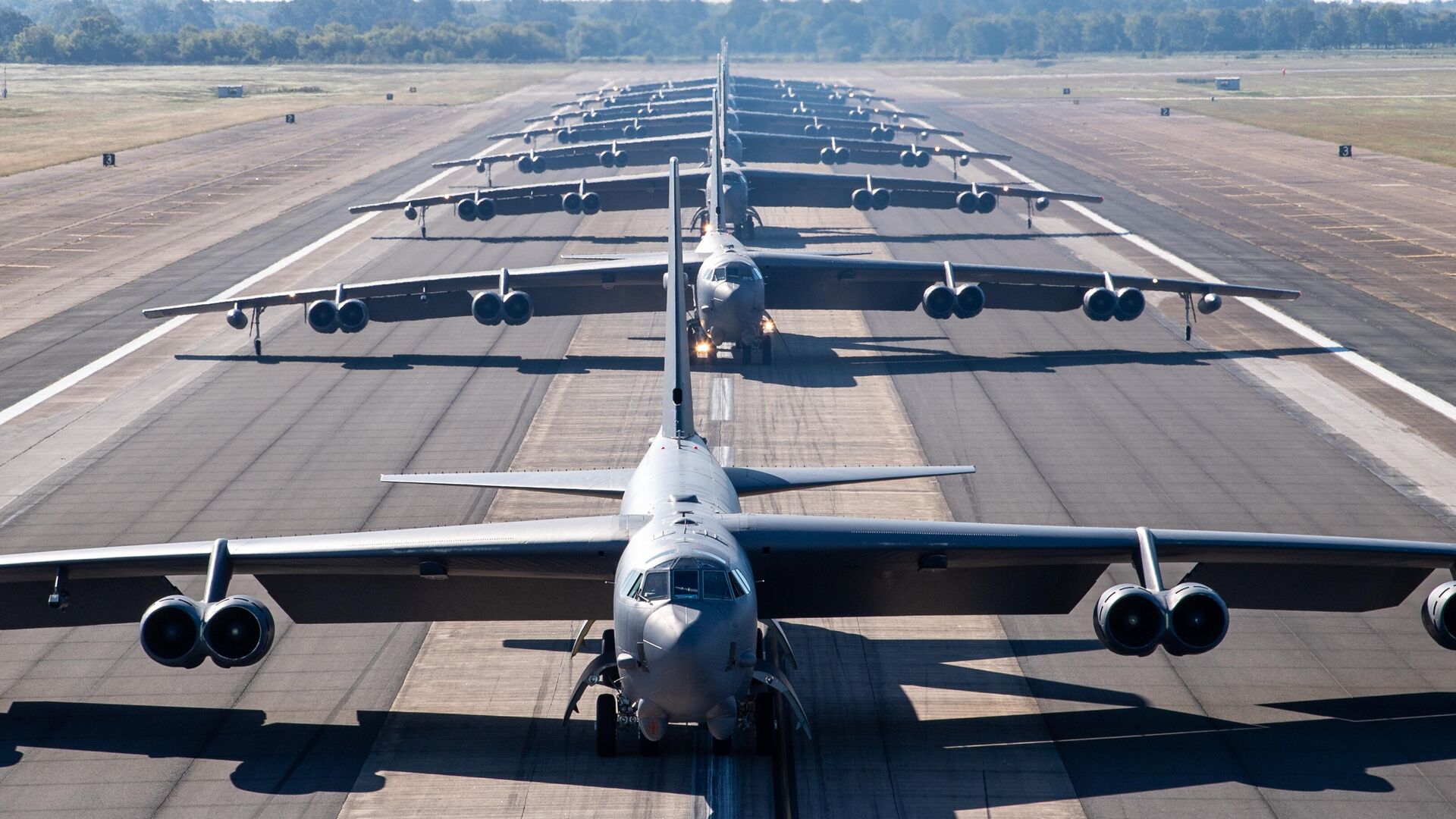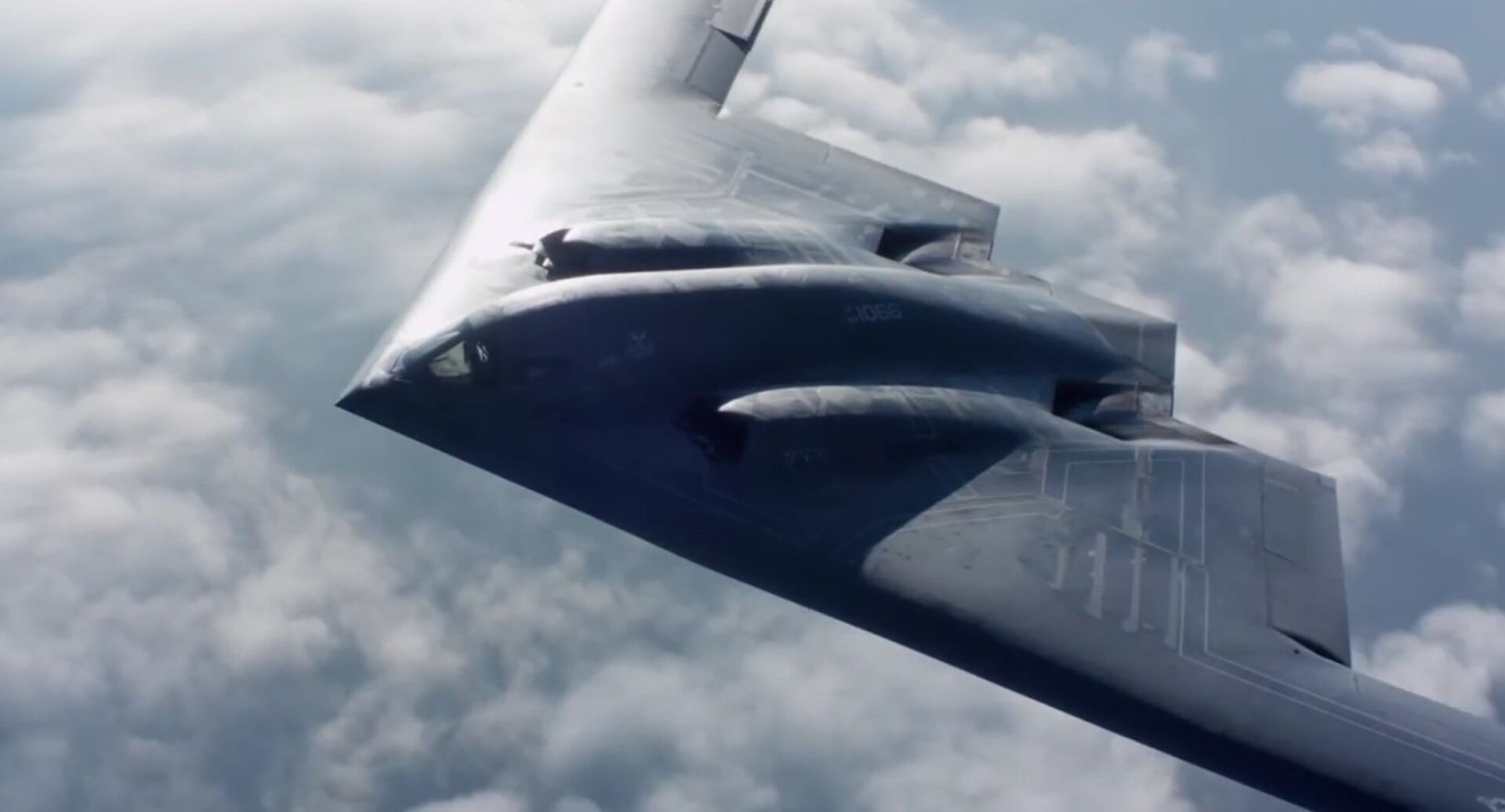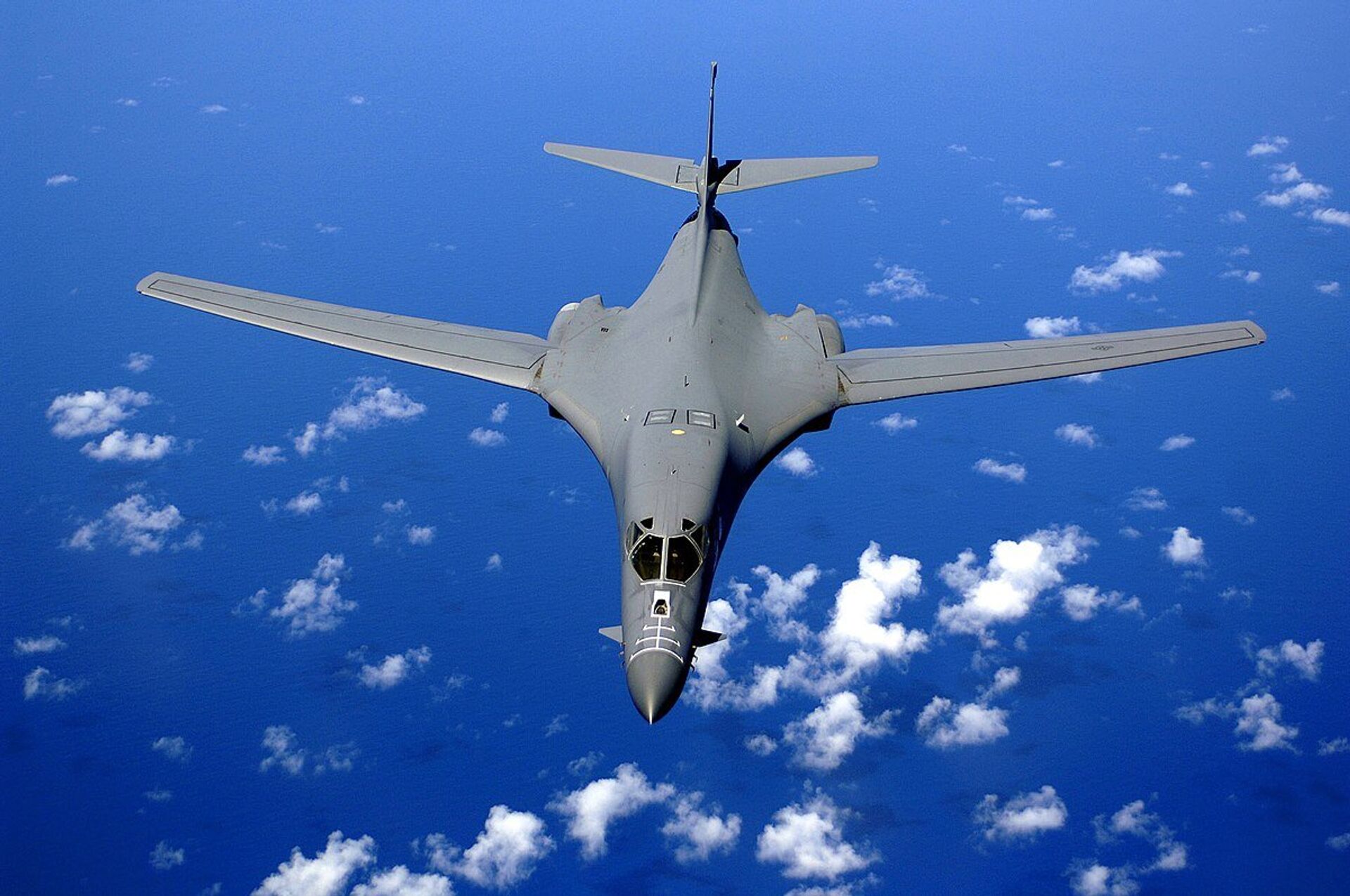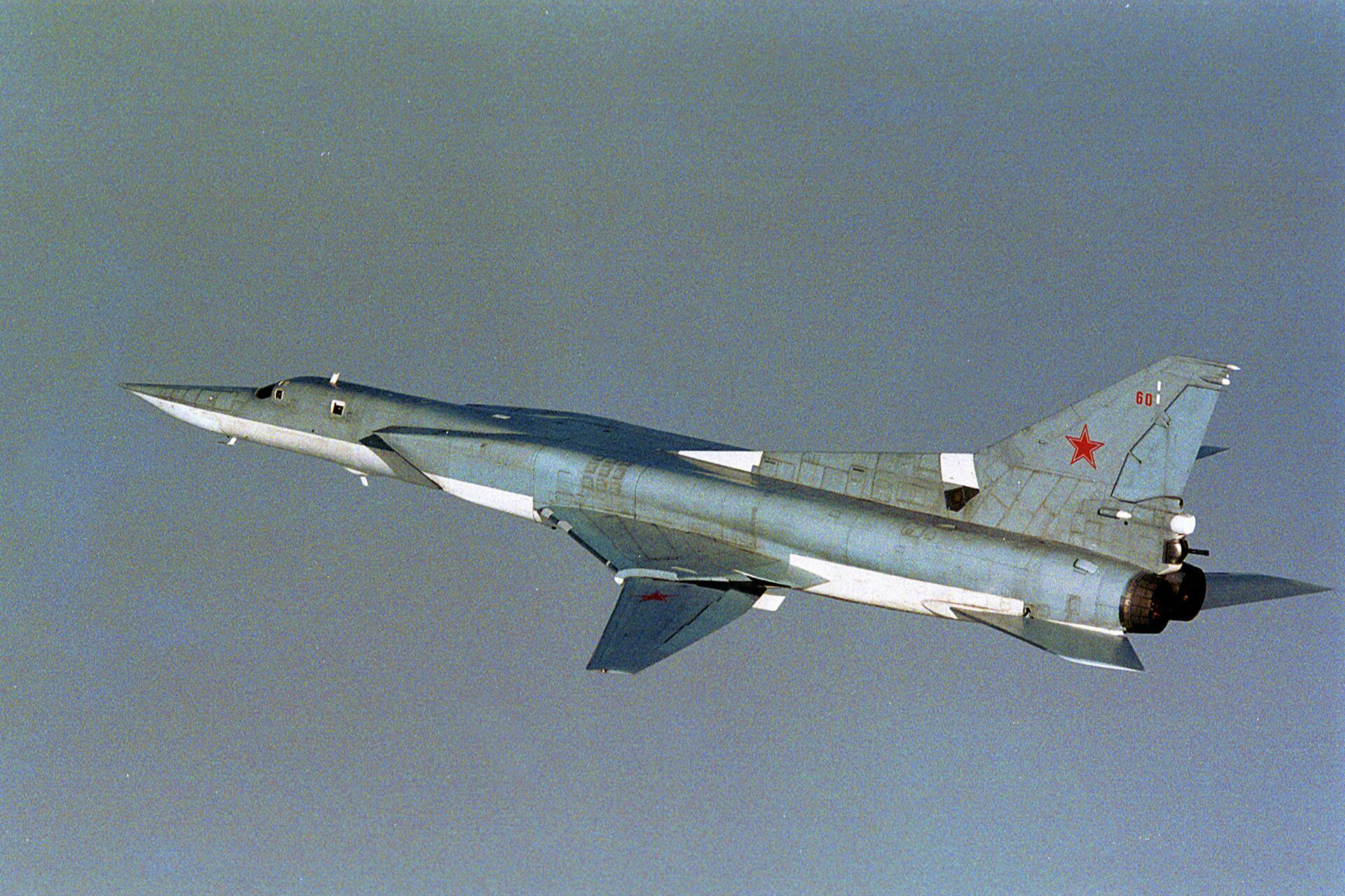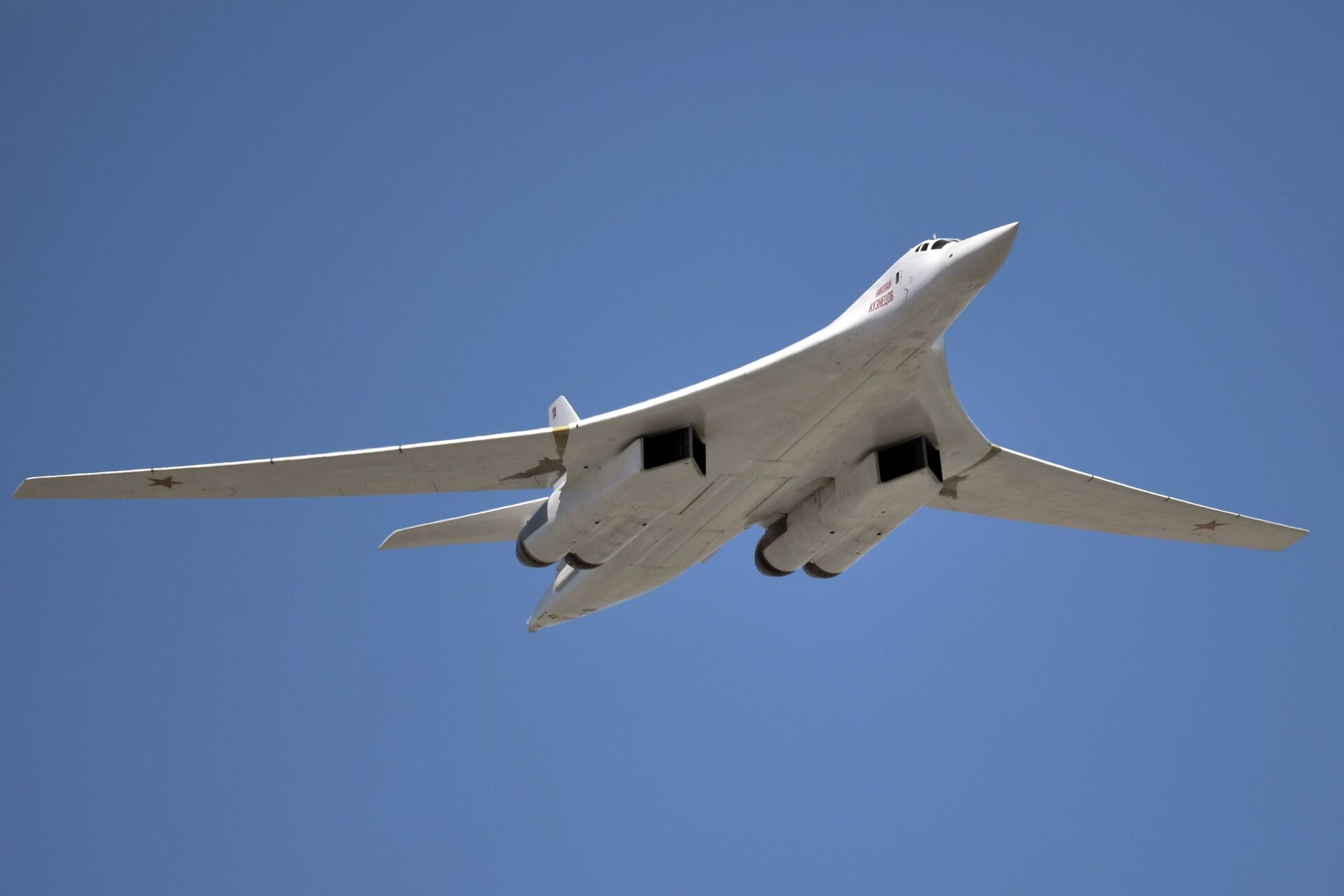As US Prepares to Unveil B-21 Stealth Bomber, Meet the World’s Other Strategic Bombers
18:31 GMT 02.12.2022 (Updated: 13:57 GMT 19.12.2022)
Subscribe
Longread
The US Air Force is set to unveil the first of its forthcoming stealth bomber, the B-21 Raider, which is being built by military aerospace firm Northrop Grumman, on Friday evening after years of secretive development.
The new aircraft will become the US Air Force’s (USAF) newest strategic bomber, a class of heavy aircraft rarely seen in the world today. Just the United States, Russian Federation, and People’s Republic of China still operate such bombers, each of which has a unique story.
Northrop B-2 Spirit
The B-2 is the spiritual godfather of the B-21, also built by Northrop and bearing a very similar “flying wing” design. When the B-2 was unveiled to the world in 1988, it was the first stealth aircraft the public had ever seen and it shocked the world, which is why its nickname is simply “The Stealth Bomber.”
The Spirit’s stealthy design disperses or absorbs most radar waves that hit the aircraft, making it look like a small bird on enemy radar screens. Despite its sneaky ways, the Spirit packs a massive punch, able to carry 80 JDAM 500-pound laser-guided bombs or up to 16 B83 thermonuclear bombs before they were retired. It can also carry large cruise missiles in its internal bomb bay.
The B-2 project was controversial because it was top secret, was redesigned during development as a low-level terrain-following infiltration aircraft instead of as a high-altitude bomber, and became hard to justify after the Cold War ended in 1991. Just 21 were built, at a cost of $1 billion each.
Rockwell B-1B Lancer
The B-1B or “Bone” (B-One) was built by Rockwell, now a part of Lockheed Martin, in the 1970s. While the Bone is an impressive, swing-wing bomber with stealthy characteristics and terrain-following technology, the initial plans for the aircraft were far grander.
The B-1A was envisioned as the nuclear bomber to end all bombers. It was to be big and ultra-fast, with a large bomb capacity, able to sprint past Soviet air defenses just above the treetops and deliver a nuclear bomb to a target that would never see it coming. It would be the spiritual successor to the Mach-2-capable B-58 Hustler nuclear bomber, and replace the bulky B-52 Stratofortress, too.
However, the Lancer project lived in the B-2’s shadow: US President Jimmy Carter canceled the B-1A project in 1977, officially because it was over-cost and seemed to be made obsolete after the West became aware of the Soviet Union’s ultra-advanced MiG-31 interceptor, but secretly it was because the Stealth Bomber program was showing promising developments. The program was later revived in 1981 after the B-2 encountered new delays, and the B-1B was reimagined as a less ambitious version of the B-1A. After the end of the Cold War, the B-1Bs were converted to carry conventional bombs, and they were used so extensively in a close air support role during the US war in Afghanistan that the fleet required extensive repair.
Boeing B-52 Stratofortress
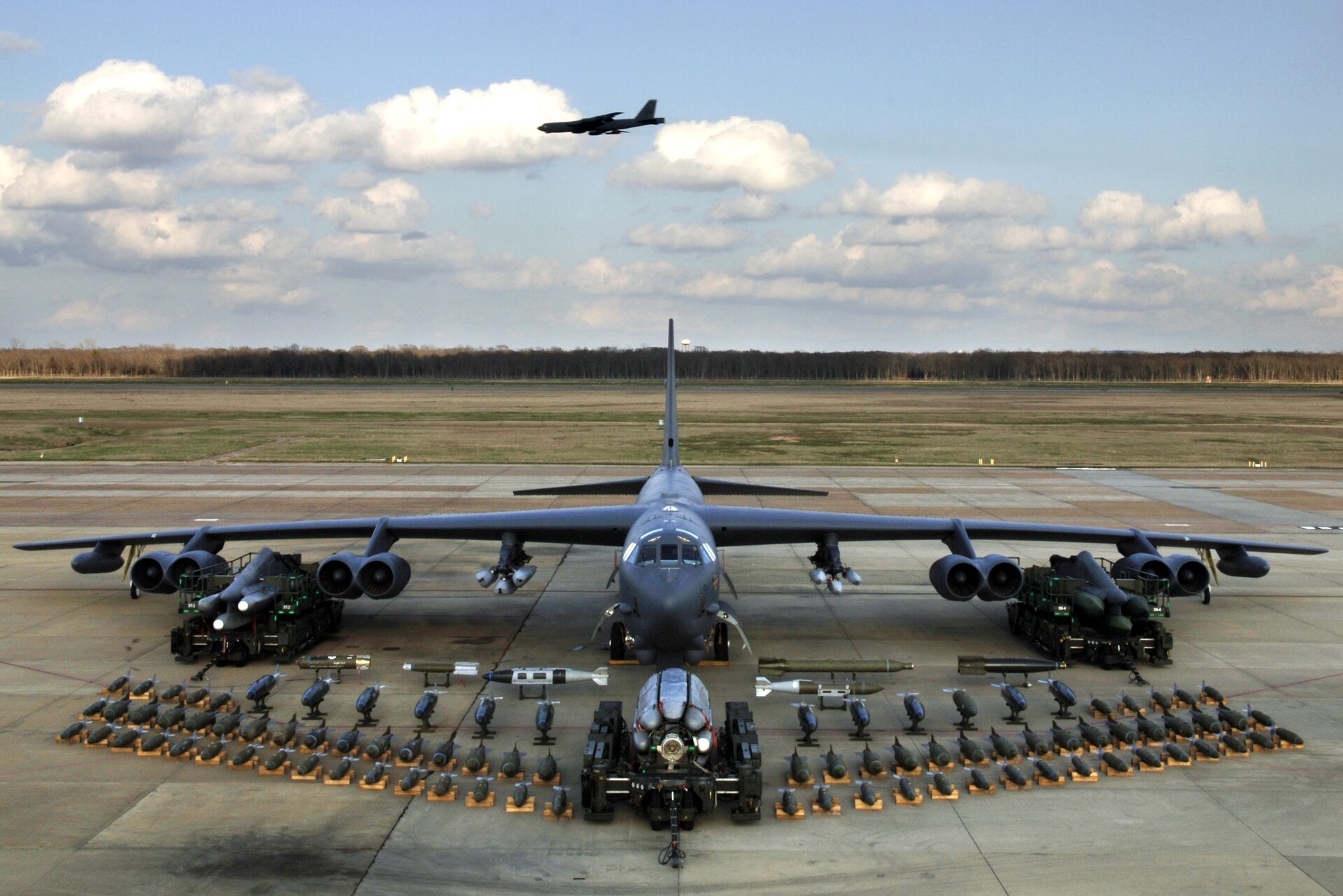
Munitions on display show the full capabilities of the B-52 Stratofortress.
Affectionately known by its crews as the “Big Ugly Fat F**ker” (BUFF), the B-52 has been a mainstay of the US Air Force since the 1950s. This lumbering beast, with a 185-foot wingspan, can carry 70,000 pounds of weapons and has an 8,800-mile range without refueling.
It may look obsolete today, but when it first flew in 1952 its swept wings and turbojet engines were state-of-the-art. The bomber’s massive load capacity and huge fuel tanks enabled it to perform “loitering” patrols with nuclear bombs on the edge of Soviet airspace, ready to fly towards their targets at a moment’s notice. However, it has only ever dropped conventional bombs in anger.
In the 70 years since it first flew, the B-52 has seen almost every one of its systems upgraded and replaced, enabling it to keep up with 21st century aircraft and carry new weapons like cruise missiles, hypersonic missiles, and jamming pods.
The US Air Force expects to continue using the B-52 until the 2050s.
Tupolev Tu-95/Tu-142 “Bear”
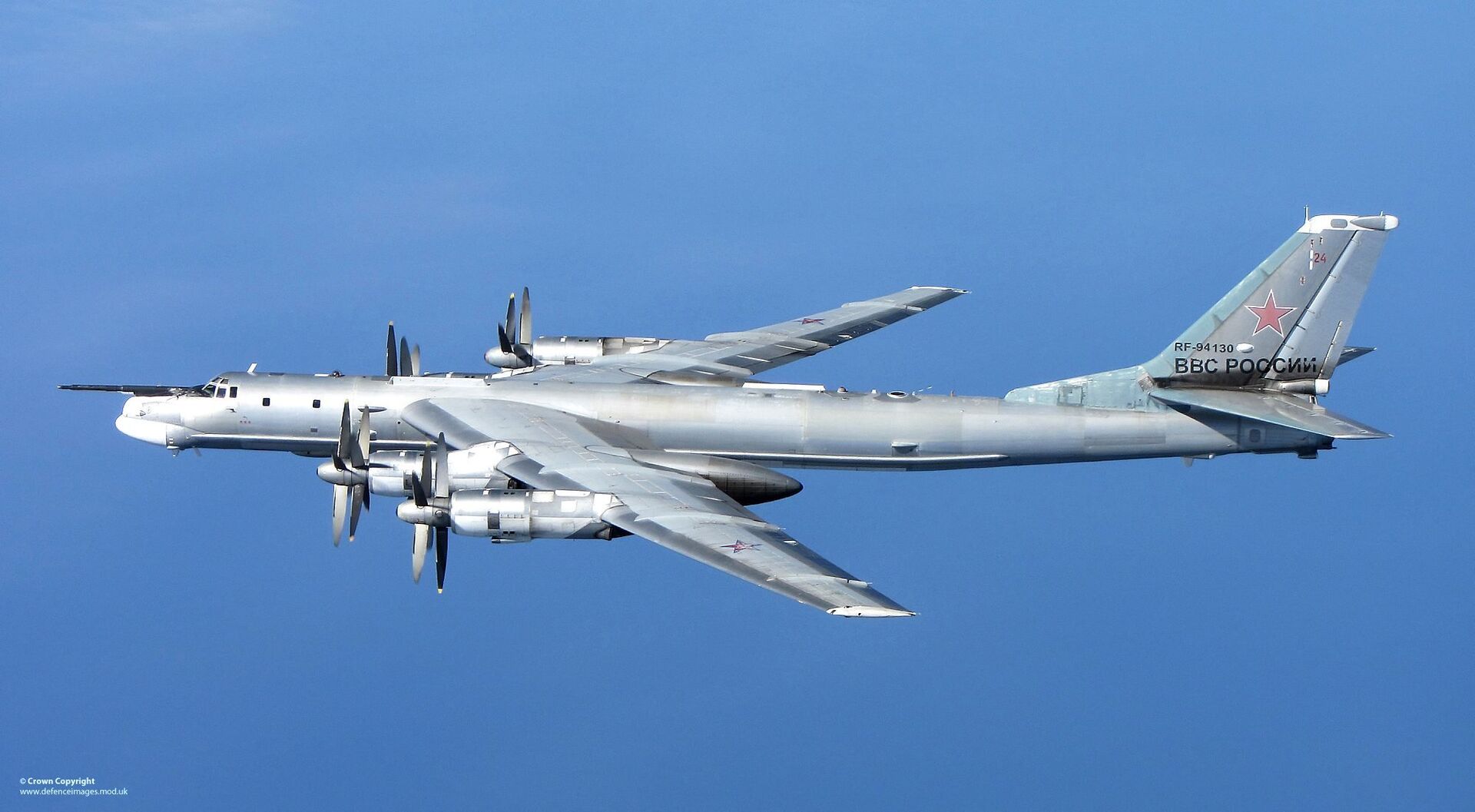
A Russian Tu-95 Bear 'H' photographed from a RAF Typhoon Quick Reaction Alert aircraft (QRA) with 6 Squadron from RAF Leuchars in Scotland in April 2014
© Flickr / Defence Images
Perhaps no other aircraft epitomized the image of Soviet Air Forces during the Cold War like the Tu-95, which NATO assigned the reporting name “Bear.” However, Soviet air crews called it the “Mixer,” because of how violently the aircraft shook.
Introduced in 1956, the “Bear” was intended to threaten the US mainland with a nuclear strike in the same way US bombers were able to threaten the Soviet Union. Its debut shook the West, which pushed forward on a new generation of surface-to-air missiles, interceptors, and nuclear missiles to meet the challenge.
The Tu-95 has continued to serve in the Soviet, and now Russian air forces in the decades since. It has been extensively modified to serve in reconnaissance and maritime patrol, where it was designated as the Tu-142, and was even adapted into the Tu-116 passenger airliner. The aircraft was most recently used in the opening stages of the special operation in Ukraine.
When the Soviet Union was dissolved in December 1991, a number of Tu-95s and Tu-142s were inherited by the Ukrainian Air Forces, which later traded them to Russia as part of a gas deal, or dismantled the rest. The Indian Navy also operated several Tu-142s until retiring them in 2017.
It is the only turboprop-driven bomber still in service today. It is the loudest aircraft in existence, thanks to its double-propeller engines, which are so powerful their blades break the sound barrier.
Tupolev Tu-22M “Backfire”
The Tu-22M (NATO reporting name “Backfire”) emerged from a redesign of the earlier Tu-22 (NATO reporting name “Blinder”), which suffered major design flaws making it difficult to operate and maintain. However, the Soviet Union needed a powerful, long-range, Mach-2-capable bomber capable of carrying the deadly Kh-22 anti-ship cruise missile - a major threat to American aircraft carriers. The new design was much more capable and featured variable geometry “swing wings.”
The name deceived Western observers, who only realized it was a new aircraft when it was unveiled to the public in Warsaw Pact war games in 1980. It was used extensively during the Soviet War in Afghanistan, and in the Chechen Wars by Russia after the dissolution of the Soviet Union.
Ukraine also inherited several dozen Tu-22Ms, which were later scrapped under an agreement with the US aimed at preventing the spread of nuclear weapons during the USSR’s dissolution. The aircraft remains in service with the Russian Air Force, and has been modified to carry hypersonic missiles.
Tupolev Tu-160 White Swan
Like the US’ B-1B Lancer, the Tu-160 can be a “penetrator,” despite its immense size, and can sprint at twice the speed of sound while hugging the ground with a special terrain-following radar. However, its primary mission is serving as a massive platform for launching standoff weapons like cruise missiles and hypersonic weapons, and its internal bomb bays can be fitted to carry a rotary launcher for nuclear missiles.
Its NATO reporting name is “Blackjack,” following a simple formula used by the alliance, but is known affectionately as the “White Swan” in Russia, due to its elegant shape and color, which mimic the graceful water bird.
The Tu-160 is an aircraft of superlatives: it’s the largest, heaviest, and heaviest-lifting bomber aircraft ever put into service by any nation. Its Kuznetsov NK-32 afterburning turbofan engines are the most powerful ever built.
The graceful weapon entered service in 1987, and due to the financial difficulties of the late Soviet and early Russian Federation period, just 35 were built at first. Production was later resumed in recent years, with the first new bomber being delivered in early 2022.
Ukraine inherited 19 Tu-160s from the USSR, which it then tried to sell back to Russia. When Moscow refused the high price, Kiev scrapped several of the massive bombers, although it did decide to sell seven of them back in the early 2000s.
Xi’an H-6 “Badger”
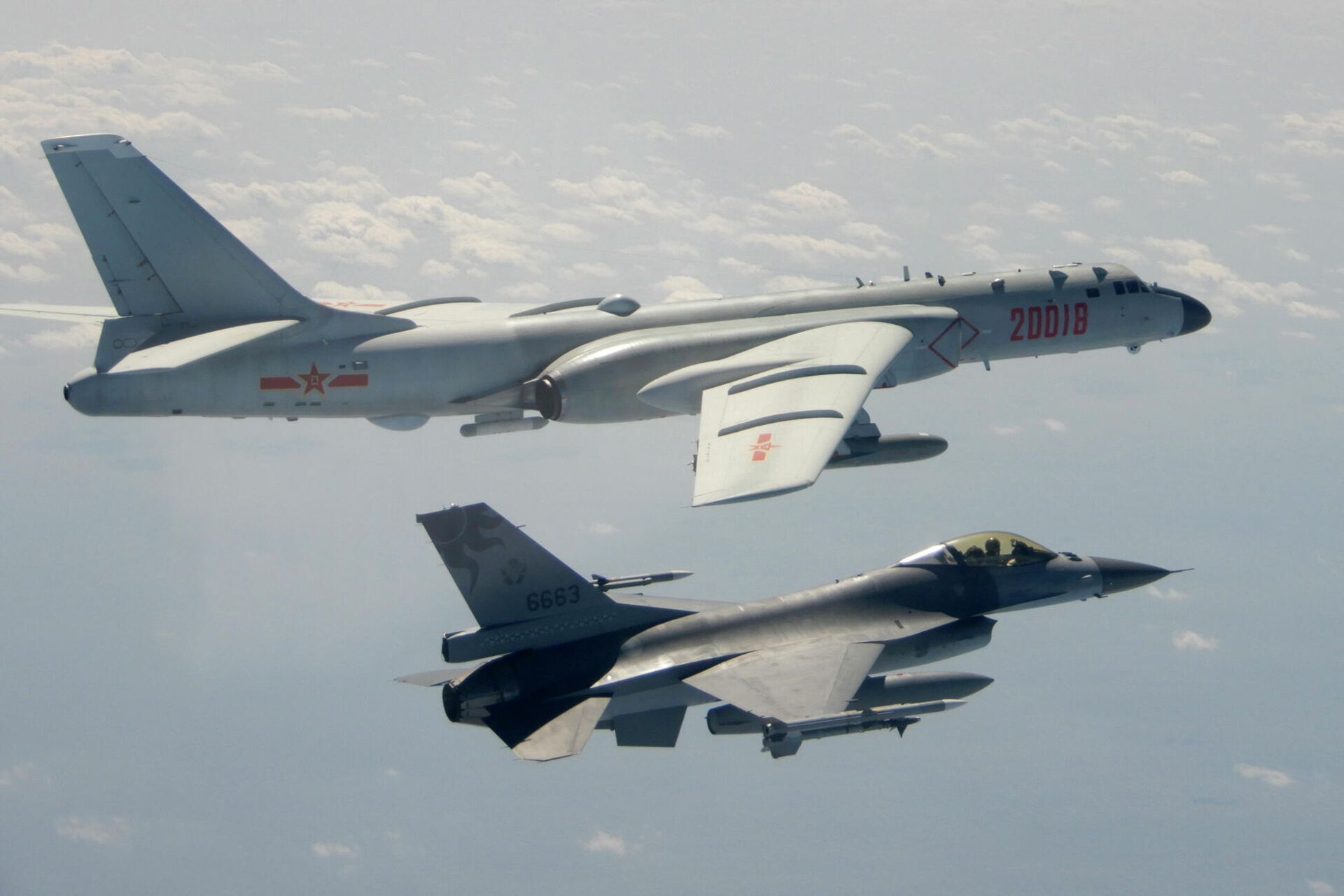
In this Feb. 10, 2020, file photo and released by the Republic of China (ROC) Ministry of National Defense, a Taiwanese Air Force F-16 in foreground flies on the flank of a Chinese People's Liberation Army Air Force (PLAAF) H-6 bomber as it passes near Taiwan
© AP Photo / Republic of China (ROC) Ministry of National Defense
China’s strategic bomber, the H-6, began as a copy of the Soviet Tu-16 bomber from the late 1950s. However, the People’s Liberation Army (PLA) has keep the planes up-to-date with modern avionics, equipment, and weapons, and constructed several new designs for the bomber, including for maritime patrol and for carrying ballistic and hypersonic missiles.
NATO gave the Chinese H-6 the same reporting name as the Soviet Tu-16 - Badger - but the modernized version, the H-6K, is called the “God of War” by Chinese pilots. The H-6K can threaten American carrier fleets and bases across the region, being able to carry a wide variety of cruise, hypersonic, and nuclear missiles.
Xi’an H-20(?) & J/H-XX(?)

A teased image of China's forthcoming H-20 stealth bomber taken from a People's Liberation Army Air Force promotional video
A Chinese stealth bomber in known to be in development, which has been provisionally called the H-20, but little is known about the program. A PLA promotional video in January 2021 teased its future debut, suggesting a flying-wing design similar to the American B-2 and B-21 aircraft. It is seen as a potential replacement for the aging H-6.
Rumors have also swirled about a second stealth bomber in development in China, which has been provisionally dubbed the J/H-XX, but little is known about the aircraft.
